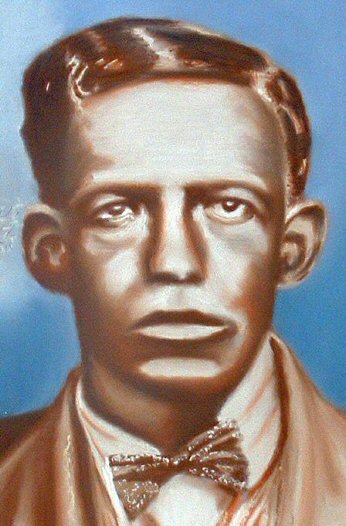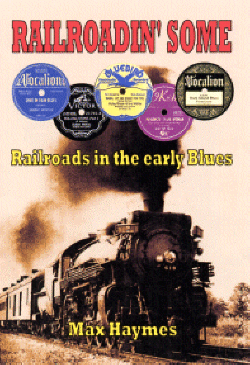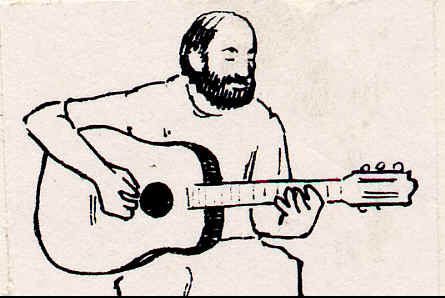
Painting © 2004 Loz
Arkle
Website
© Copyright 2000-2011 Alan White - All
Rights Reserved
Site optimised for Microsoft Internet Explorer
A Second Story of the Blues
The
Jail House Blues
In
the earlier decades of this century, to be imprisoned was an almost weekly
occurrence for many working-class blacks. Apart from actual crimes they
committed, there were two main reasons for this. In the first place, it was a
kind of “social control”, to keep “niggers in their place” and to keep
re-asserting white “superiority”.
This
stems from slavery times, when blacks were often regarded on the same par as
cattle or as a “product” to gather in the cotton crops, sugar cane harvest,
etc. which ensured the wealth of the South and the plantation owners (the
Southern “aristocracy”). With the end of the Civil War in 1865, this
scenario came to an end. So ruling whites first of all tried to re-enact the
Black Codes of the ante-bellum period, which had constrained both the slave and
the freedman. But within a year, the U.S. Federal government had nipped this in
the bud. So Southern whites had to think of another way of keeping control. As
far as the penal system was concerned, this meant continuance and increasing use
of convict-lease.
This
latter, barbarous system served the second reason for jailing blacks. To enable
the badly-damaged, war-torn infrastructure of the South to be re-built as
cheaply as possible. Briefly, prisoners were leased out to private contractors
who were supposed to look after their charges and return them to the prison when
the contract expired. These contractors were mainly railroad construction
companies, mining companies, foundry owners, and the lumber industry. Needless
to say, nobody was bothered if some prisoners were “lost” (i.e. died from
illness/disease or killed whilst attempting to “escape”). Most of the
prisoners were black, as whites were generally jailed for actual (i.e. real)
crimes. So horrific was this system that a general public outcry from many
Southern whites, black social workers/church leaders, Northern entrepreneurs,
etc. gradually convinced the state legislators to abolish convict-lease between
the late 1880’s and 1928.
The
Southern states now had a substitute in the form of the chain gang. Often no
less savage a system, the main difference being that now each state was
accountable for the supervision/welfare of their prisoners. This system too,
proved unjustifiable in the post-bellum New South, so it was gradually replaced
with the county farm (see “County Jail Blues” by Big Maceo). Here a local
sheriff would arrest a black man/woman on almost any pretext (vagrancy, for
being a stranger in town, and black, etc.) and send them to a local landowner
for a fee. The white farmer would keep this cheap labour for as long as he
required.
The
early blues singer adopted different attitudes towards the ever-present threat
of incarceration. Including humour, irony, and resignation. As “Jesse James”
(“Lonesome Day Blues”) sang about tomorrow:
Copyright © 2000 Max Haymes. All rights reserved.







